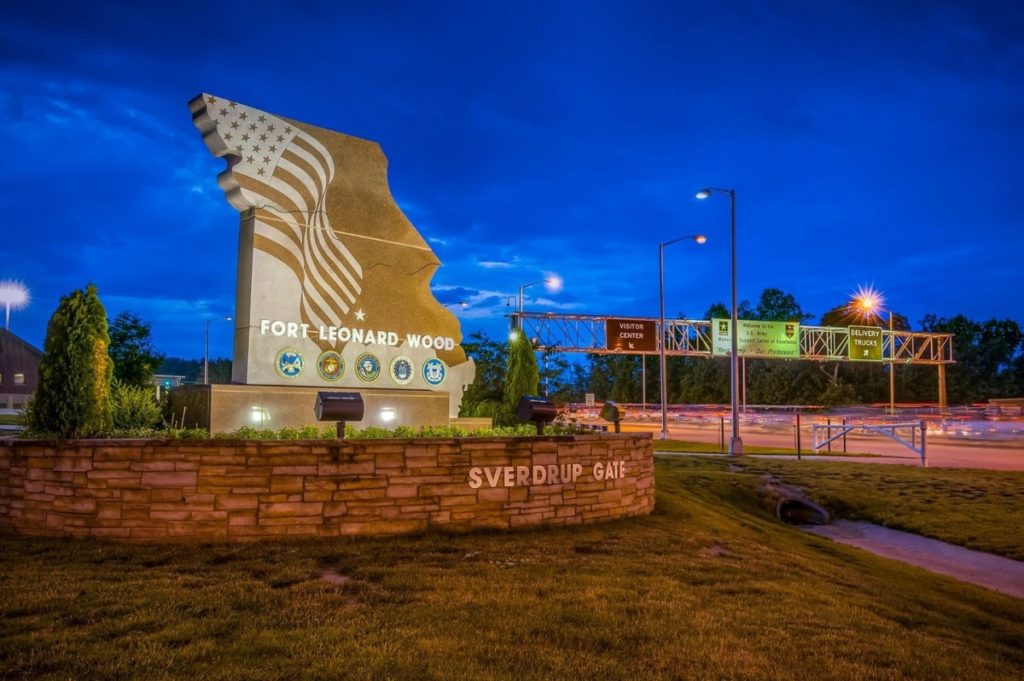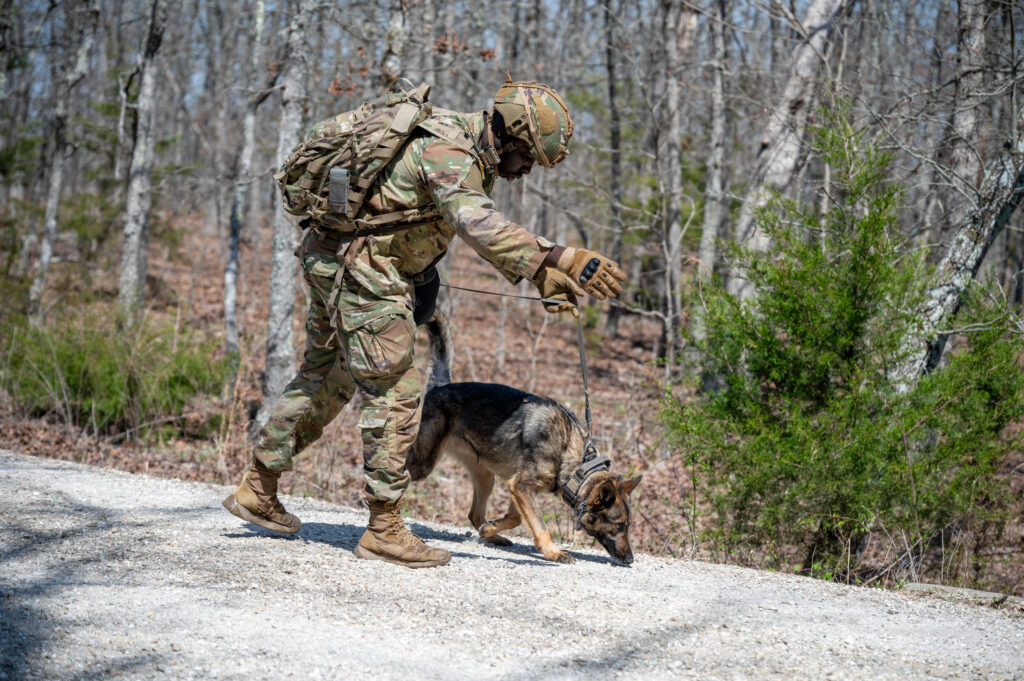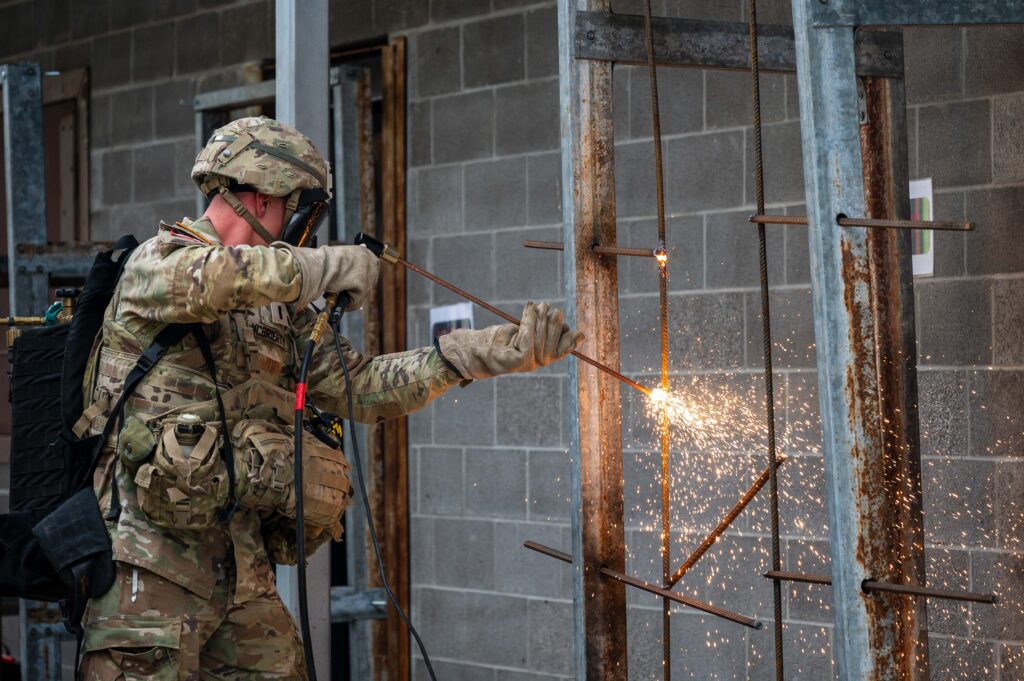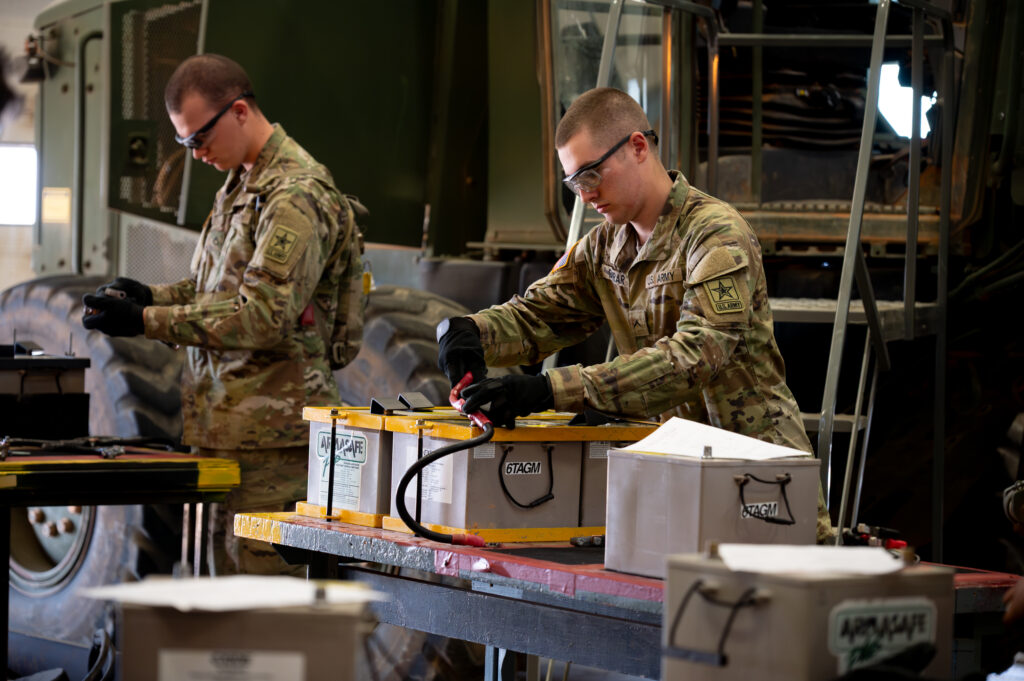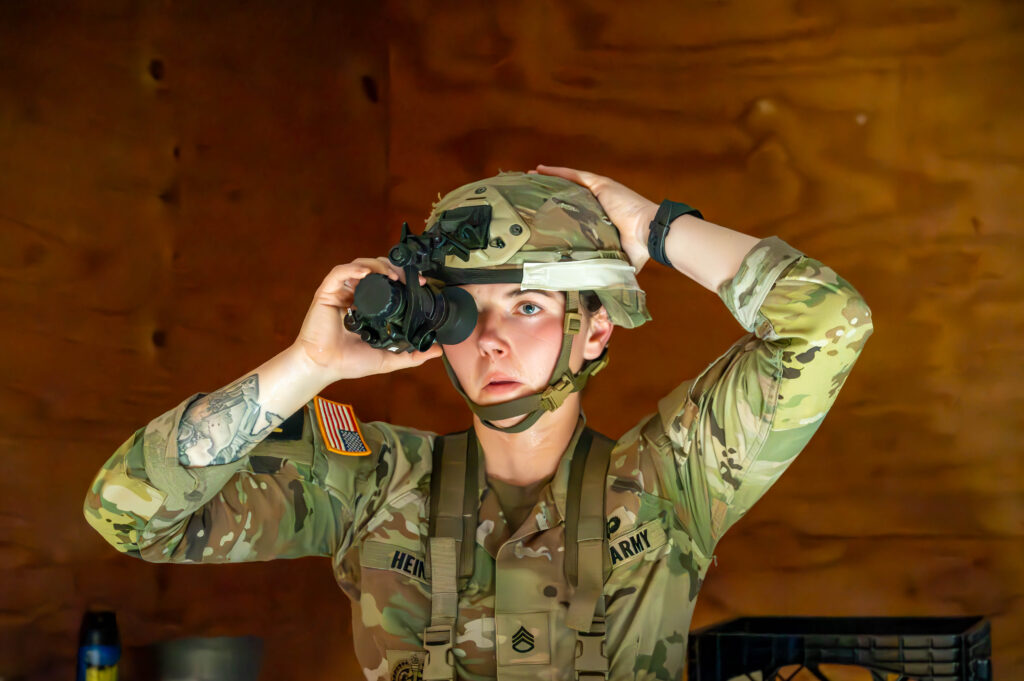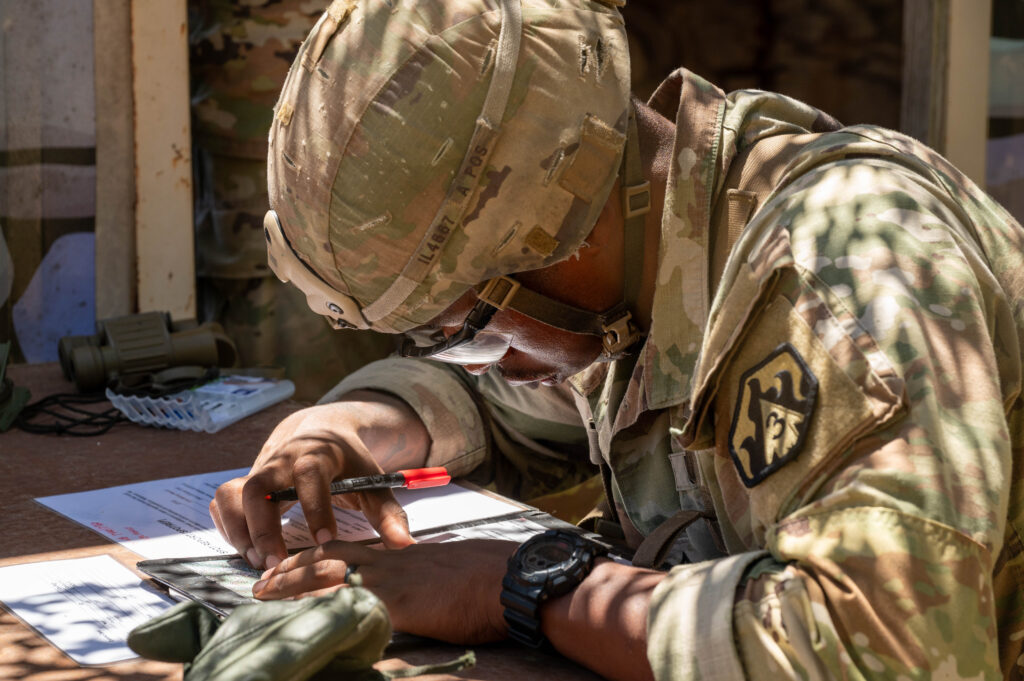Brian Hill
FORT LEONARD WOOD, Mo. (Oct. 28, 2021) — Drivers on Fort Leonard Wood may have noticed or participated in one of several temporary police checkpoints set up at various times at different locations on Friday around the installation.
The checkpoints were part of what the Directorate of Emergency Services calls random antiterrorism measures, or RAMs, aimed at protecting the public by ensuring regulations are being followed and drivers on the installation are as safe as possible.
“We’re looking for drunk drivers; we’re looking to make sure people are properly trained to operate their motorcycles; we’re making sure vehicles on the installation are insured and registered; we’re also looking for unregistered or undeclared firearms on the installation,” said Capt. Christian Marsh, DES station commander and one of the lead organizers of the measures.
The times and locations of Friday’s RAMs were chosen to be distinctly different than the last time checkpoints were set up for this purpose. Marsh said the reason was to ensure “a wider sampling” of drivers with whom DES could interact.
“If we use the same times and locations over and over again, either people will avoid the area, or we will see the same people over and over and it won’t serve the purpose of educating the public or changing behavior,” he said. “By changing locations, we change which personnel we’re checking.”
Marsh said DES was asked by senior leaders here to also check every motorcyclist to see whether or not all required paperwork and training has been completed.
“They’re the most at-risk drivers on the roadways,” Marsh added.
Drivers, who pulled in for an inspection at one of the locations, were informed of the compliance checkpoint, Marsh said, and then were asked to provide their driver’s license, registration and proof of insurance.
“They were also asked to provide some sort of military affiliation documentation, so we could determine whether or not they were on the installation legally,” Marsh said.
After an inspection of all vehicle compartments and a radio check for any other issues, such as warrants, the drivers were free to move on. The process, per vehicle, took between five and 10 minutes.
Marsh said Fort Leonard Wood drivers should notice more RAMs in the near future.
“They are going to be a continuing presence,” he said.

-30-
About Fort Leonard Wood
Fort Leonard Wood is a thriving and prosperous installation that has evolved from a small basic training post 80 years ago to a premier Army Center of Excellence that trains more than 80,000 military and civilians each year.
Fort Leonard Wood is home to the U.S Army Maneuver Support Center of Excellence and three U.S. Army schools: the U.S. Army Engineer School; U.S. Army Chemical, Biological, Radiological and Nuclear School; and the U.S. Army Military Police School. In addition to training engineer, CBRN and military police specialties for the Army, Fort Leonard Wood also provides gender-integrated in-processing and Basic Combat Training for new Soldiers.
Fort Leonard Wood also hosts and trains with the largest Marine Corps Detachment and Air Force Squadron on any Army installation as well as a large Navy construction detachment.
More information about Fort Leonard Wood is at: https://home.army.mil/wood/index.php/about/mission
